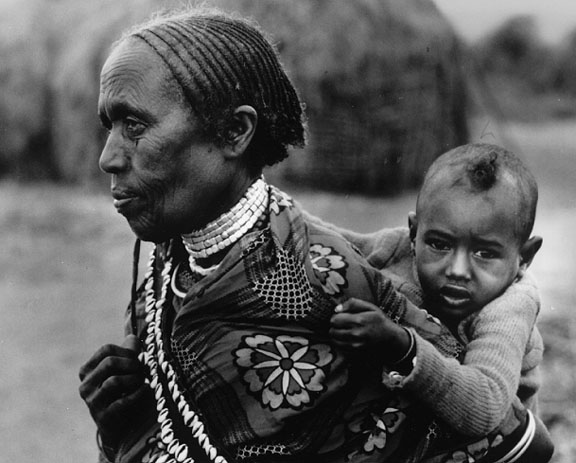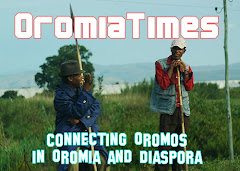27 June 2006 – More than any other group, households headed by women in Ethiopia’s Southern Tigray region, one of the poorest in the world, are “among the most destitute” and are far more likely to be landless and without access to plant resources than households led by men, according to a United Nations-backed study.
The study, supported by the UN Food and Agriculture Organization (FAO), was based on four months of field research in Southern Tigray and was conducted in conjunction with an FAO project aimed at improving food security and nutrition.
“Female-headed households, which constitute nearly 30 per cent of this region’s population, are among the most destitute,” said Patricia Howard, a research professor at Wageningen University in the Netherlands.
Being a member of a female-headed household in highland Ethiopia means having a 35 per cent chance of being destitute, compared with only an 8 per cent chance if one belongs to a male-headed household, according to the study.
It also found that female households are far more likely to be landless and they lack access to plant resources. In a region severely affected by soil erosion, deforestation and overgrazing, the FAO said that such access has been reduced not only because of cultural bias but also due to inadequate enclosing of common grazing lands and woodlots.
Since 2001, the broader FAO food security project has implemented a series of initiatives focusing on agriculture, health, education, water and sanitation, the agency said, highlighting also that female-headed households account for 80 per cent of all malnutrition cases in the project area, covering disadvantaged rural zones of Northern Shoa and Southern Tigray.
“The objective is to strengthen their access to assets such as land, water resources, skills, and technology – and also to improve their health, their diet and, ultimately, their social status,” said FAO expert Karel Callens.
Subscribe to:
Post Comments (Atom)

















No comments:
Post a Comment